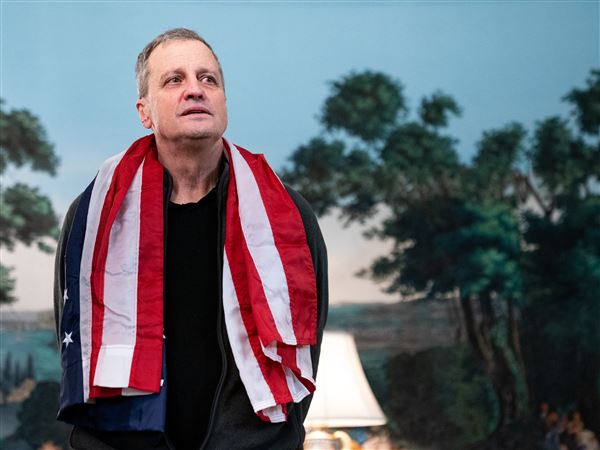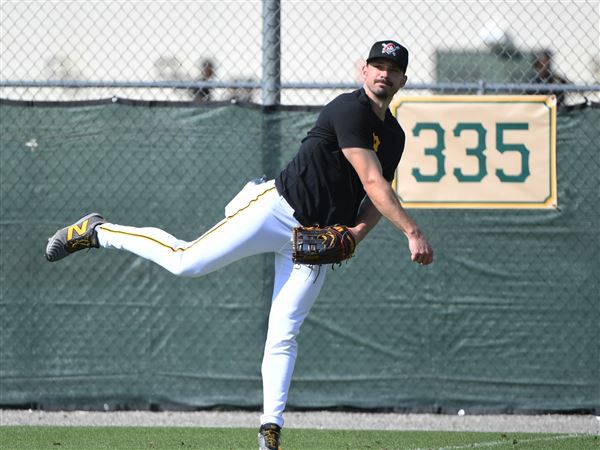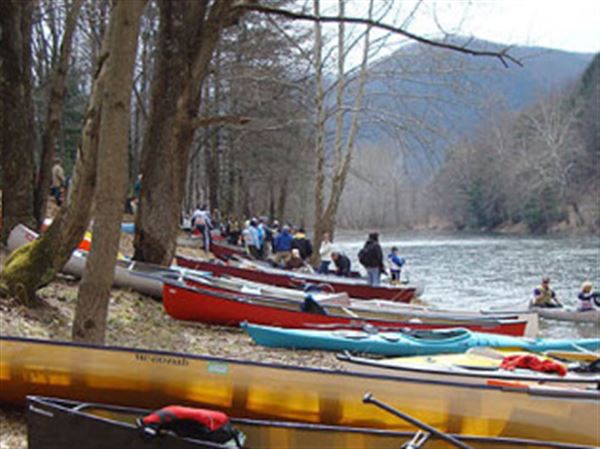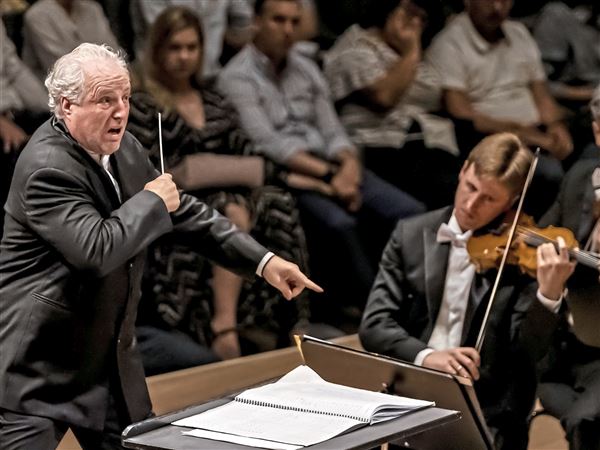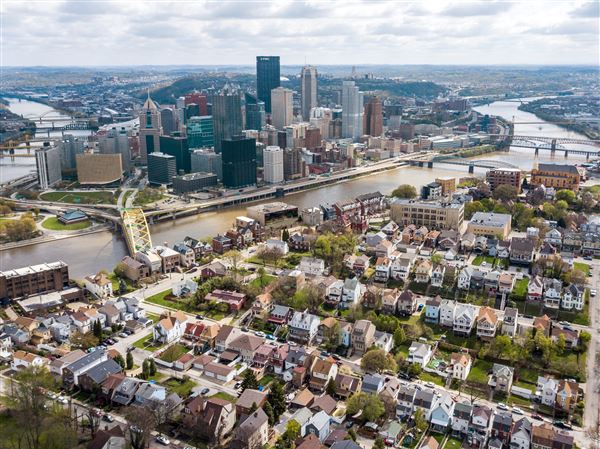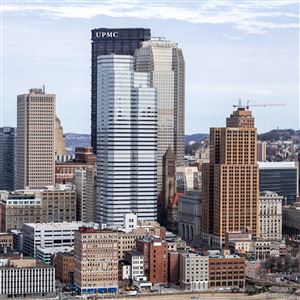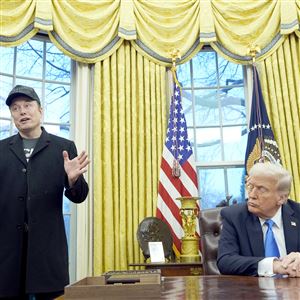A little over a year ago, Yesica Guerra became the City Planning Department’s public art and civic design manager — a position that, until then, had been vacant for 18 months.
Knowing the position’s duties needed some revamping, she spent time digging through projects by her predecessors. That’s when she came across an inventory of art works, memorials and monuments that sparked an idea.
“One of the things we found was this inventory my predecessor [Morton Brown, former public art manager] put together years ago,” Ms. Guerra said. “I felt the need to update it, and create a user-friendly experience for it.”
So, she did.
On Wednesday, Ms. Guerra and her department co-workers unveiled the first installment of “City’s Art Collection” — A Public Art and Civic Design Division initiative. The project features a searchable set of online tools that locates and identifies public art works, memorials and monuments throughout Pittsburgh.
The initiative currently includes an online inventory of each work, as well as a Geographic Information Systems map that pinpoints where each monument is located.
“I want people to have access to all these tools in the city, and to have their information in current ways,” Ms.Guerra said. “Right now everyone uses their phones and computers, so why not continue access [to Pittsburgh’s art, memorials and monuments] to technology?”
The tools can locate works all over Pittsburgh, from the North Shore’s Korean War Veterans’ Memorial to a plaque in Highland Park honoring Mrs. Nathaniel B. Hogg, the founder and first regent of the Pittsburgh chapter of the Daughters of the American Revolution.
For example, for the Col. John Anderson monument near the Children’s Museum on the North Side, it names the artists (Daniel Chester French and Henry Bacon), the year it was built (1904) and a little bit about the colonel: He inspired Andrew Carnegie to gift libraries to Pittsburgh and other cities around the world. An iron manufacturer, Anderson had opened up his private library to Carnegie and other boys of Allegheny City. Carnegie donated the monument.
The City Planning Department isn’t finished with its project, though, Ms. Guerra said.
The team also is working to add educational podcasts and identification plaques for each work. Ms. Guerra hopes the additions will be completed by the end of the year.
She also noted there will be not one, but two podcasts created for each work — one conducted by historians to cover educational background, and another “more colloquial” podcast featuring community members on how local works have shaped their neighborhoods.
“I think the podcast section is really important,” Ms. Guerra said. “One of the most important duties we have in my division is the conservation and preservation of the city’s art collection. I think the podcast [will serve as] that lens.”
Internally, the city’s art collection also includes the Department of Public Works on Cartegraph — a platform the Public Art and Civic Design Division now uses to log and store physical conditions of each work.
Ms. Guerra and her co-workers have ventured to every public art work, memorial and monument in Pittsburgh to conduct general physical evaluations. From there, they categorized each work into three groups based on their physical conditions.
Ms. Guerra noted the division plans to hire an official monument inspector once they receive more funding, possibly in 2019.
Even though the division still has months of work to go, Ms. Guerra said she already is excited about the direction that the City’s Art Collection is headed.
In fact, she’s eager to see Pittsburgh use City’s Art Collection to explore, honor and learn this Memorial Day weekend.
“I don’t see [these works] as objects just sitting on the landscape. They’re more than that,” Ms. Guerra said. “History is important. They were erected for a reason, so it’s important for us to know why, how, when and where.”
Elena Rose: erose@post-gazette.com.
First Published: May 26, 2018, 3:37 p.m.
